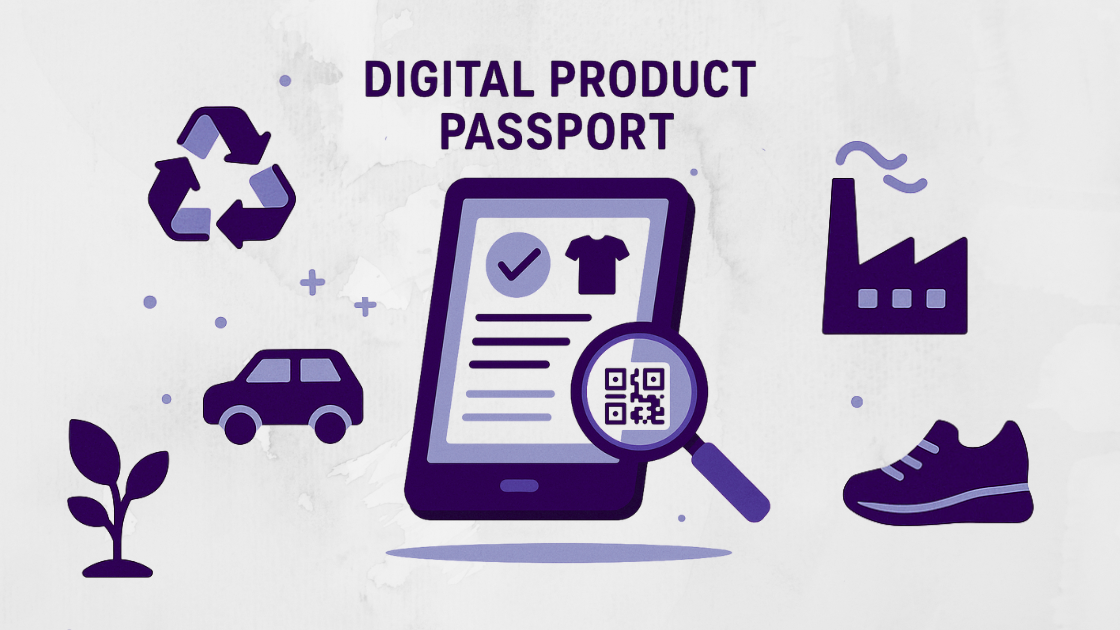Calculating CO2 emissions: here's how!
Are you interested in making your business more sustainable, but don't know where to start? Calculating your CO2 emissions is an important part of sustainability and a popular topic, both for individuals and companies. But how do you calculate, not to mention reduce them?

It all starts with measurement. We can help and are happy to explain how!
CO2 reduction is also for your business
Calculating and reducing your carbon footprint emissions is becoming an increasingly important concept for small and medium-sized businesses too. One way of identifying these is through a carbon footprint. This describes the impact that a company or individual has on the earth based on their CO2 emissions. As a company, you have a bigger carbon footprint than an individual, which presents an excellent opportunity to make an impact.
There are also increasing signs of approaching laws and regulations. For example, the Paris Agreement - which has been in place since 2020-requires that all European countries reduce their emissions by at least 40% by 2040. A large part of the carbon footprint comes from companies. Globally, SMEs account for 90% of the business. Therefore, SMEs have a significant role to play when it comes to CO2 emissions and reduction.
In addition, CO2 reduction not only counteracts climate change but also immediately reduces your company's costs. For instance, your energy bills will be noticeably reduced. Companies may also be eligible for subsidies from the government. You can read more benefits of carbon footprint mapping in this blog.
Reducing your CO2 emissions can seem challenging, but fortunately, it does not have to be done all at once. Calculating the carbon footprint of your business is an excellent first step, as it gives you an objective starting point for reduction.
Getting started
Our platform offers a CO2 Calculator that allows you to map your carbon footprint within 60 minutes. The tool also shows the distribution of emissions by business category and relevant, quantifiable KPIs. You can use these results to create your CO2 reduction plan and set reduction targets. This will save you time and money.

The carbon footprint calculator uses activity data, the latest emission factors, scientific publications, international statistics and internally empirically determined values to calculate and quantify your company's CO2 emissions.
The CO2 Calculator also takes into account relevant activities, materials and energy flows generated directly or indirectly in your company. Moreover, it calculates greenhouse gas emissions generated throughout the life cycle of activities and resources. It's not a problem if you don't have all the necessary information at hand. You can also calculate your carbon footprint based on scientific estimates. This takes about 15 minutes.
Sustainability and CO2 emissions are a journey and many companies are just getting started. It is therefore understandable if the results of your first CO2 calculation are not immediately excellent. However, that’s not a problem; every business has to start somewhere. Besides, a company that has already started with reducing its carbon footprint and with sustainability is a step ahead of its competitors that have not yet done so.
Benefits
Eevery's CO2 Calculator has many advantages:
- KPIs for carbon footprint
- Carbon offsetting
- Progress over time
- Emissions by category, such as energy, mobility, consumption, materials and waste.
The next step(s)
Now that you know your CO2 footprint, you can also begin reducing it. This can be done in various ways. Think about reducing your energy consumption or separating waste. The effectiveness of those ways depends on each company.
Besides reducing your CO2 emissions, you can also consider compensating them, also known as carbon offsetting where you offset the effects of your CO2 emissions. This technique can be used in cases where completely eliminating emissions is not (yet) possible.
There are several projects and initiatives around carbon offsetting, such as planting forests or contributing to the transition from harmful activities to environmentally friendly alternatives. Our Ecosystem partners, Myclimate and Regreener, are good examples of companies that make this accessible. For instance, they offer offset subscriptions or one-off payments based on your company's emissions. Offsetting your carbon emissions, however, is not without risk and requires transparency and clarity.
Curious about how you can not only calculate and reduce your carbon footprint but also measure, improve and communicate other topics within a sustainable business? Subscribe now and read the latest news for SMEs.



